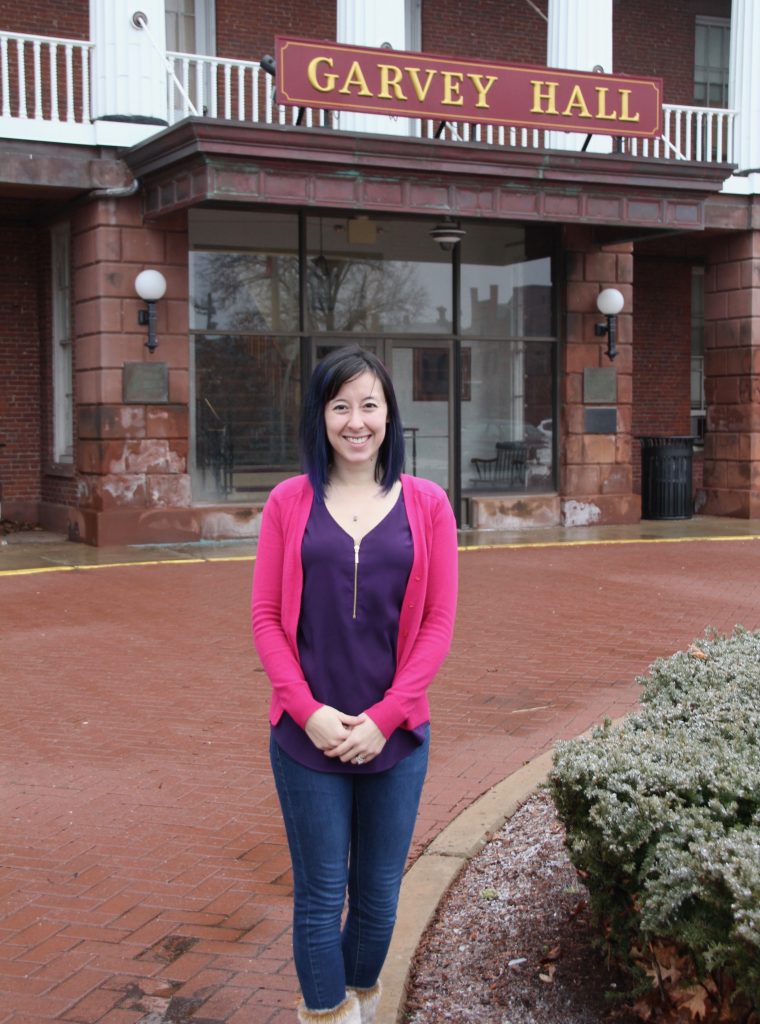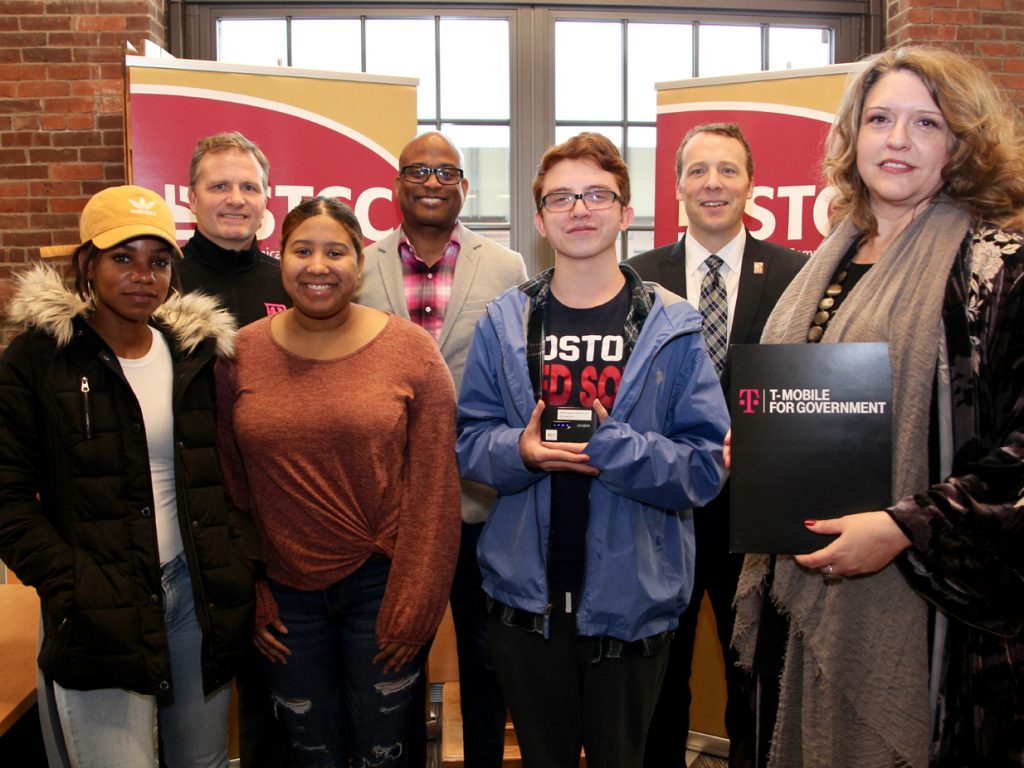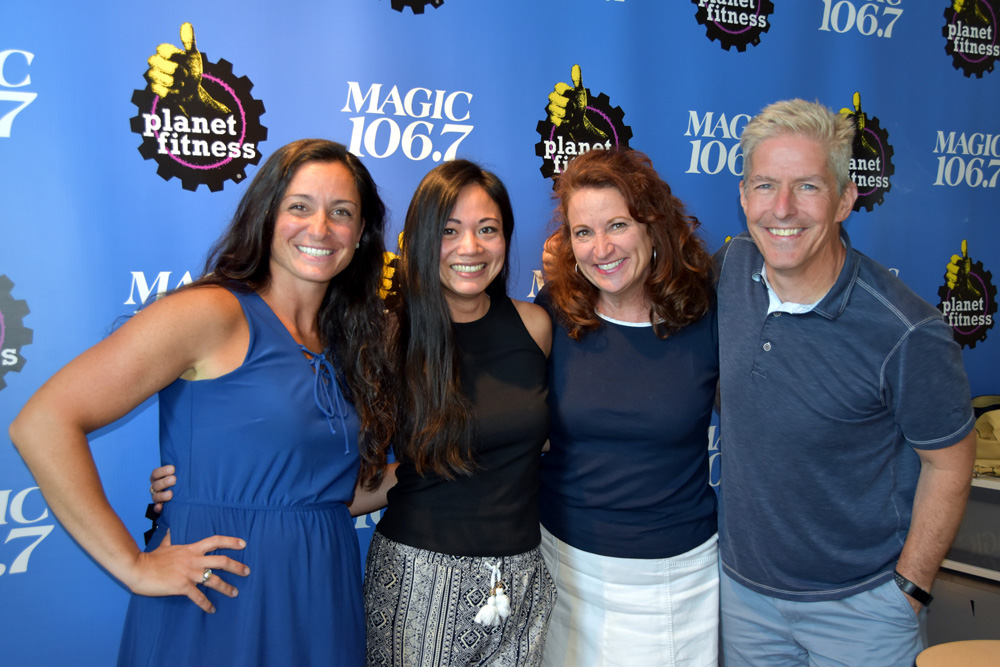By Diamond Smith
Campus News
As Americans we are a melting pot of different cultures and genealogies. We have embarked on different ideals and have personality traits that make us into who we are and who we choose to be. This process has always been a familiar one for us as individuals in this country, due to our abstract realities; and it could also be hard to define oneself. But cultural identity has always stimulated self-discovery.
Latino Heritage Month has a lot to do with self-growth and appreciation for one’s culture and identity. Many may have different experiences, but each experience brings us closer together to understand what it means to be us. In September 1968, President Lyndon B. Johnson declared National Hispanic Heritage “week.” Then, two decades later, it was expanded from September 15th to October 15 by President Ronald Reagan to cover a 30-day period. It was then enacted into law.
In honor of Latino Heritage Month, I spoke with Raul Gutierrez (pictured), who is a Latinx Studies Professor at Holyoke Community College. It was a pleasure to see his perspective and reflections on the Latinx Community through his eyes and his experiences. Gutierrez touches on the trials he went through to understand his identity as a Mexican-American growing up; then eventually how it how it helped him see himself. In addition, I also spoke to faculty members Carlos Malave and Eileen Kelley on their input and experience with starting the Latino International Students Association (LISA) club on the Holyoke Community College campus.
How do you identify yourself within the Latinx community?
RG: I came to America at the age of eleven; during that time it was complicated to understand where I stood with my identity – whether I felt I was Mexican, Mexican-American, or Latino. But as I got older, there was a vivid progression of what I see myself as. In this case, now that I am older, I see myself as a mixture of identities, a hybrid of some sort, of Latino and Mexican-American. It is very perplexing when it comes to identities and internal associations with how you feel when it comes to the cultural aspect of the Latinx community. Same for the African-American community; some may say they are not African-American, that they’re Caribbean American, for example.
What do you treasure about being a Latino?
RG: My culture is my family, Latino – Mexican, which I primarily see myself as, but it becomes complicated. I am willing to say I am Mexican-American, Spanish, Mexican … if I choose to be, it’s like you’re stuck in between these different things.
How do you pass on your comfort of self and cultural identity to your children?
RG: When it comes to speaking to my kids, it is the same situation. My wife is from Spain, and I am from Mexico. I give my kids a choice of what they want to be. If they ask if they’re Spanish, I say yes, you’re whatever you see yourself as. If they ask if they’re Mexican, I say sure, it’s what you see yourself as. I want them to be comfortable with their own identity when getting older because that’s the best thing you can teach your kids at this age.
What is the difference between Hispanic and Latinx?
RG: Well, historically, Hispanic was used in the late ’80s and ’90s. During those times, government officials were finding a way to count the people from Latin America. The word Hispanic deprived from Hispania, which has an association from the island of the Spanish Empire and Spanish speakers. Due to the history [of the word] the Latinx community stood up and protested against the word Hispanic because it doesn’t include those of different races, who derived from Latin America. “Latino” or Latinx became a response to the government’s lack of inclusivity. It has to do with a gender and non-binary terms that the word Hispanic could be excluding as well.
Great! So I see we have an institution on campus called the Latino International Students Association, acronym LISA. I would like to hear a bit about its part in student life on the Holyoke Community College campus.
RG: LISA started a long time ago, in the 1990s, with Professor Eileen Kelley as faculty adviser to the club, and students Carlos Malave and Harold Santigo were the president and vice president of the club. Their mission when it first started was to help Spanish-speaking students. As the years went by, it morphed into Latinx – to also include non-Spanish speaking Latinos. The main goal is to in include Latinx communities and activities regardless if they identify as that specific culture or not. We have plenty of diversity and many who would like to further their understanding of the Latino community. It is an ongoing club that welcomes everyone.
(Pause) Did he just say the 1990s?
For those reading who don’t know, during the 1990s, the Hispanic Club was created on Holyoke Community College’s campus. Eventually the acronym LISA was created by now-faculty member Carlos Malave, who is an alum of HCC and was the first president of the club in 1993!
Malave served through 1996, and had overseen the club becoming LISA in 1995. Harold Santiago was vice-president of the club for several semesters and still works at HCC.
I spoke with faculty member Eileen Kelley, who informed me further about LISA’s history at HCC.She explained the main goal of the LISA during its start up:
EK: We wanted to both represent our community (huge percent Hispanic/Latino) and be inclusive, especially for other ESL (English as a Second Language) students from other cultures/countries. (We have an Academic ESL program here at HCC that offers academic (General Elective) credit for ESL classes. Our ESL classes are credit-bearing and freshman level, NOT developmental or “pre-college”).
Kelley became faculty adviser to the Hispanic Club (precursor to LISA) shortly after being hired at HCC as full-time ESL faculty member in 1987. She served until she went on sabbatical in Fall 2001. Currently, she is faculty advisor to the International Students Club.This year, I see that the LISA is focusing on the Latinx Heritage Film Festival, Expo Latino and fundraising to travel to Puerto Rico, which I’m sure all of the members are excited about! The Latino International Student Association has great opportunities for the students to participate in as a group and create a great bond between each other!
So on that note, what do most students take away from the club?
RG: Most students find the ability to be around people who identify with them, who want to learn more, which creates a sense of community amongst students. This is extremely healthy for identity and influence of a safe space to speak on what and how they feel!
Is there anything else you want to add?
RG: Yes, this year Holyoke Community College has created a Latinx studies major. So, students have the ability to get a Latinx studies degree, which is also transferable.
It was an honor to speak with Raul Gutierrez and both Eileen Kelley and Carlos Malave about the history of LISA. Holyoke Community College creates a safe space for those of different identities and backgrounds on campus, which is so vital for us as students to experience and take part in. This allows all to unify and participate in the celebration of activities as well as events that create awareness of Latino Heritage Month. It blossoms into a beautiful sense of togetherness despite differences in our backgrounds, ages or identities.





Facebook Comments